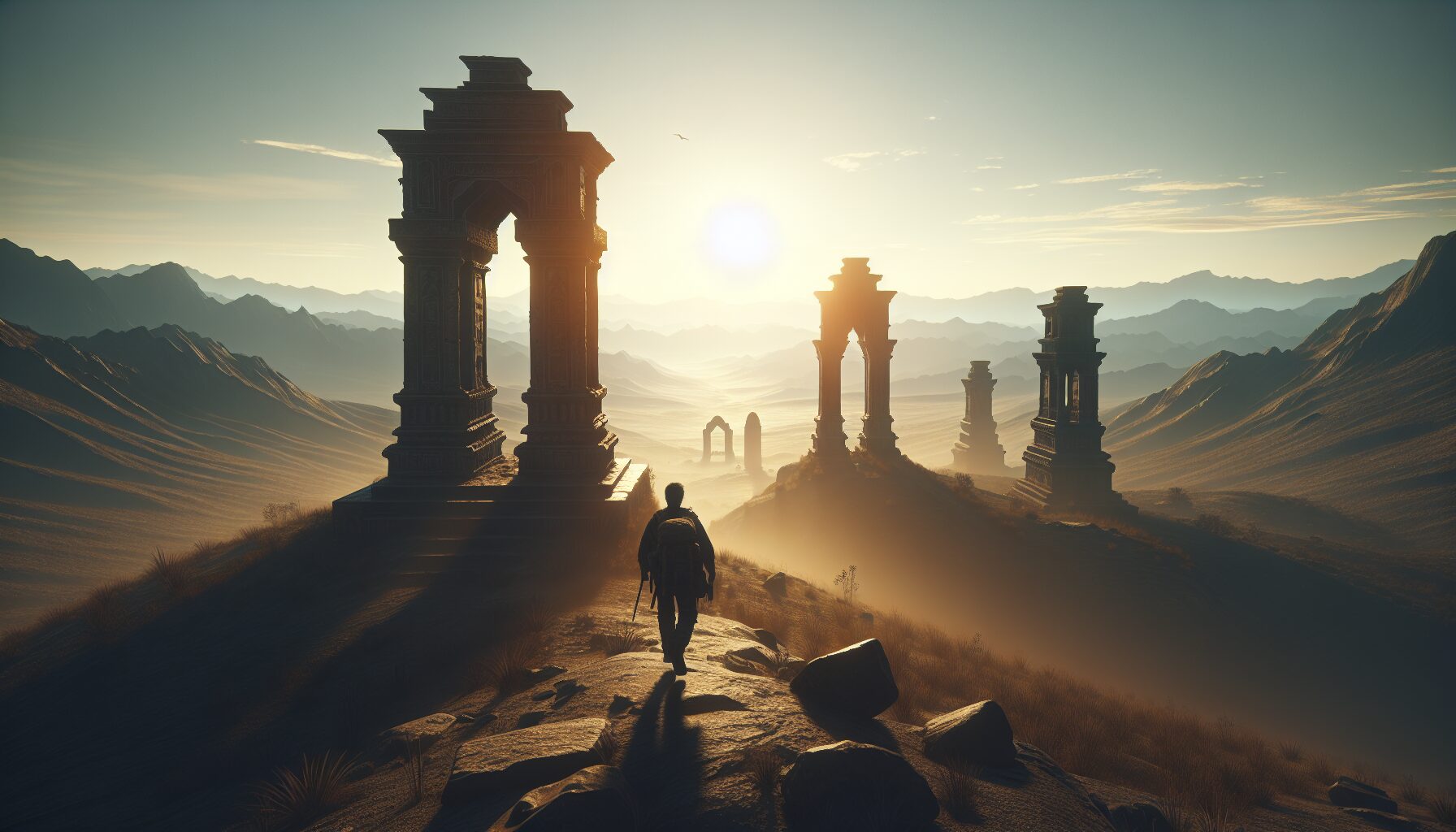In an era where technology has mapped almost every corner of the earth, there remains a vast, unmapped expanse: the spiritual realm. Spiritual cartography explores how different cultures, faiths, and individuals conceptualize the unseen worlds surrounding and within us. This intriguing field serves as a bridge between the tangible and the transcendental, offering insights into human consciousness, beliefs, and the quest for meaning.
What is Spiritual Cartography?
Unlike traditional cartography, which renders geographical features on paper or digitally, spiritual cartography is an abstract discipline. It seeks to chart realms that are not visible to the naked eye yet are vividly real for those who traverse them. These maps are figurative, representing journeys through cultural myths, religious doctrines, personal introspections, and mystical experiences.
Historical Perspectives: Tracing Early Spiritual Maps
The idea of mapping spiritual terrains is not new. Ancient civilizations like the Egyptians, Mayans, and Greeks created maps to illustrate their beliefs about the cosmos and afterlife. The Egyptian Book of the Dead, for instance, can be seen as a form of spiritual cartography, guiding the soul through the complex geography of the afterlife to achieve immortality.
In the realm of literature, The Divine Comedy by Dante Alighieri is a masterful exploration of the afterlife, delineating a journey through Hell, Purgatory, and Paradise. Similarly, John Bunyan’s The Pilgrim’s Progress serves as a metaphorical map for the Christian soul’s journey towards salvation.
“Dante’s epic poem gives us more than a vision of the medieval Christian cosmos; it provides insight into the human psyche, reflecting our internal struggles, aspirations, and fears.” — Encyclopedia Britannica
Indigenous Cultures and Sacred Geography
Many indigenous cultures possess an intimate connection to their lands, often viewed as sacred geographies imbued with spiritual significance. These communities have crafted intricate spiritual maps, though they may not exist in a physical form.
- Aboriginal Australians – Their conception of the Dreamtime is a spiritual map of Australia’s landscapes, embodying creation stories and guiding laws.
- Native American Tribes – Tribes like the Navajo view their land as a living entity, with each sacred site signifying a spiritual node on their internal maps.
Such maps emphasize the symbiotic relationship between landscape and spirituality, where geography acts as a canvas for cultural myths and spiritual practices.
Modern Interpretations and Personal Journeys
In contemporary times, spiritual seekers often create their personal spiritual maps. These may involve practices such as meditation, journaling, and art, helping individuals navigate their inner landscapes.
“Meditation is akin to charting a map of one’s inner world, where each moment of insight represents a landmark in the journey towards enlightenment.” — Psychology Today
The Role of Technology and Virtual Worlds
The digital age presents new opportunities and challenges for spiritual cartography. Virtual reality and online platforms allow for the creation of immersive spiritual experiences, simulating journeys through spiritual realms. However, the risk of disconnecting from authentic experiences is real, prompting a need for integration of traditional wisdom with modern innovations.
- Virtual Reality Meditation: Platforms like Headspace offer guided meditations, helping users explore their mental landscapes.
- Interactive Storytelling: Games like Journey and Abzû create a sense of spiritual exploration and discovery through interactive, virtual worlds.
Challenges in Spiritual Cartography
Charting spiritual realms comes with its challenges. Unlike physical maps, spiritual maps are subjective, varying dramatically from one culture or individual to another. Their interpretation requires an openness to different belief systems and an understanding of the symbolic language unique to each faith or personal mindset.
An essential challenge is ensuring respect for diverse spiritual practices while taking an inclusive approach toward the universal human quest for meaning and connection.
The Future of Spiritual Cartography
As global connectivity increases and cultural exchanges become more frequent, spiritual cartography could evolve into a more integrated discipline, blending insights from multiple traditions. Scholars, artists, and technologists may find new ways to depict the spiritual journey, offering guides for future generations seeking wisdom and solace in the unseen realms.
Mapping the invisible is ultimately a reflection of humanity’s enduring longing to understand our place within the cosmos. As we continue to explore both outer and inner worlds, spiritual cartography remains a vital tool for navigating the mysteries of existence and embracing the invisible ties that bind us all.
For further exploration and to dive deeper into your own spiritual journey, consider starting with resources like Mindful.org or engaging with communities that practice introspective art and meditation.

